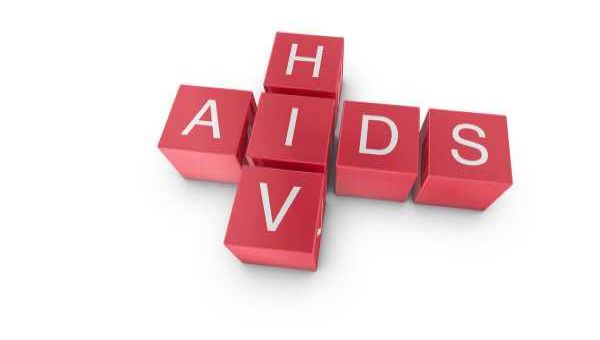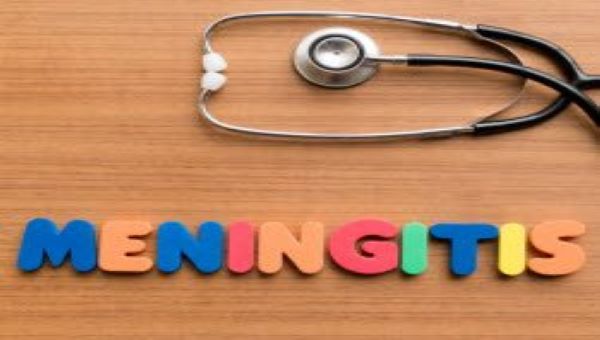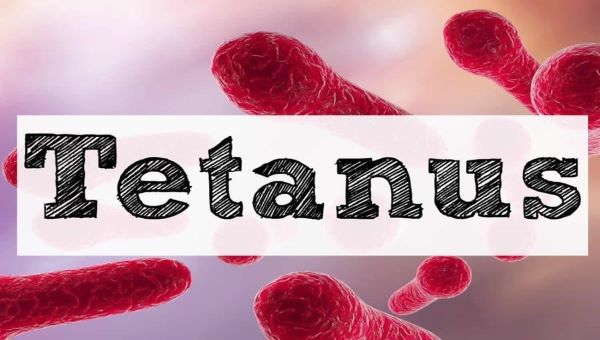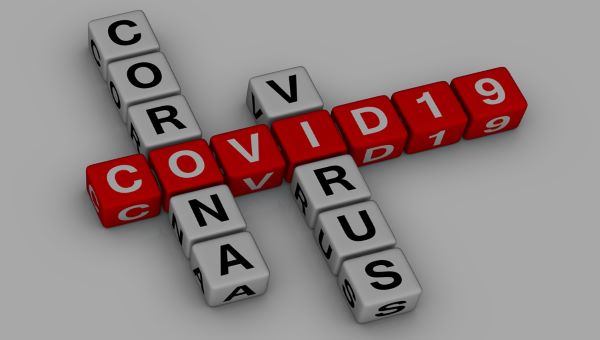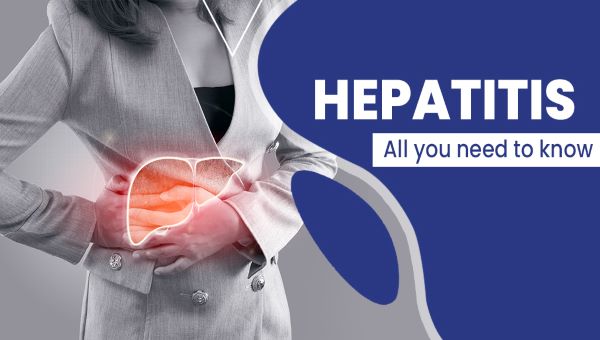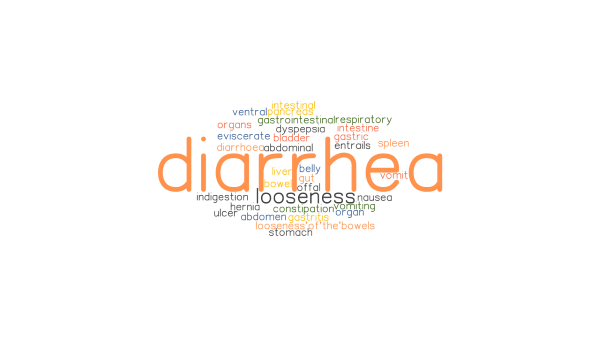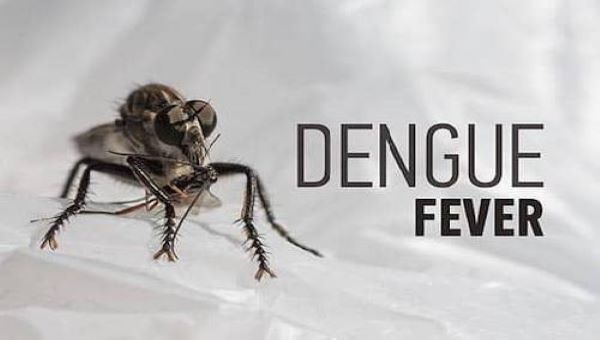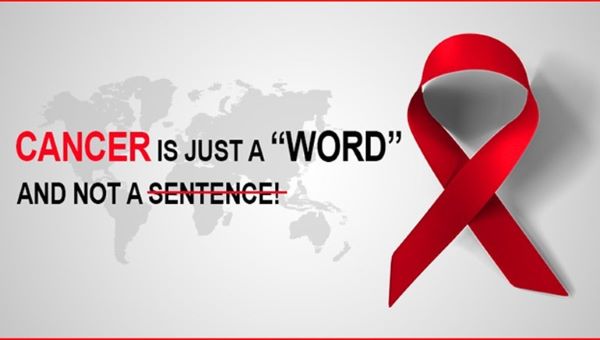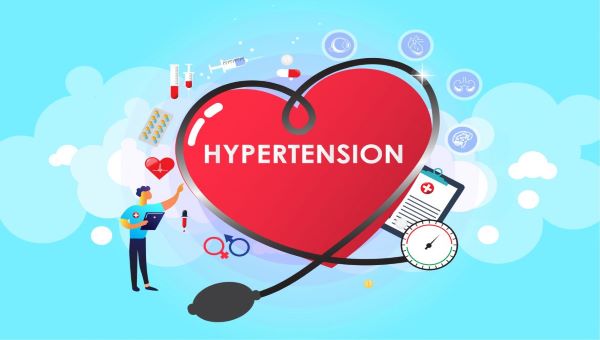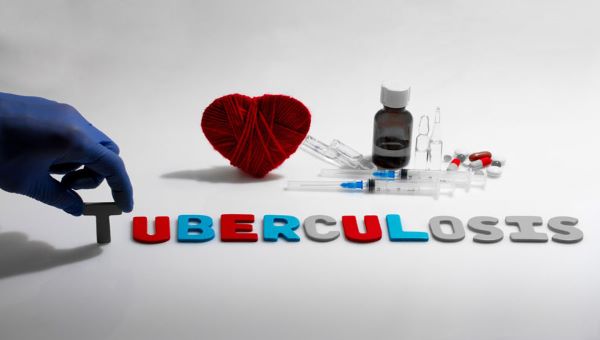Know more about HIV/AIDS
Jun 23, 2022
HIV/ AIDS
INTRODUCTION
Human immunodeficiency virus (HIV) is an infection that attacks the body’s immune system, specifically the white blood cells called CD4 cells. HIV destroys these CD4 cells, weakening a person’s immunity against opportunistic infections, such as tuberculosis and fungal infections, severe bacterial infections and some cancers.
SIGNS AND SYMPTOMS
- Many people do not feel symptoms of HIV in the first few months after infection and may not know that they are infected.
- Others may experience influenza-like symptoms, including fever, headache, rash and sore throat. However, these first few months are when the virus is most infectious.
- As the disease progresses, symptoms will be expanded and more pronounced.
- These can include swollen lymph nodes, weight loss, fever, diarrhoea and cough.
- HIV weakens the body’s ability to fight other infections, and without treatment people will become more susceptible to other severe illnesses such as tuberculosis, cryptococcal meningitis, bacterial infections and some cancers including lymphomas and Kaposi’s sarcoma.
CAUSES
HIV is caused by the human immunodeficiency virus. The virus attacks the helper T-cells of your immune system, leaving it weakened. AIDS is caused by having too few immune cells to fight off other illnesses.
DIAGNOSIS
There are three types of HIV tests: antigen/antibody tests, antibody tests and nucleic acid tests (NATs):
- Antigen/antibody tests
Antigen tests look for markers on the surface of HIV called p24. Antibody tests look for chemicals your body makes when it reacts to those markers. HIV antigen/antibody tests look for both.
You’ll need to wait at least 18 days after exposure for this type of test to be able to detect HIV.
- Antibody tests
These tests look for antibodies to HIV in your blood or saliva. This can be done with a blood draw from your arm, a finger prick or with a stick that you rub on your gums to collect saliva.
An antibody test can take 23 to 90 days after exposure to detect HIV.
- Nucleic acid tests (NATs)
NATs look for the HIV virus in your blood. A healthcare provider will take a small sample of blood from your arm with a needle. The blood then is sent to a lab and tested for HIV.
A NAT can typically detect HIV 10 to 33 days after exposure.
PREVENTION
Protecting yourself from HIV begins with understanding how the virus is spread. The virus can be passed in only certain ways:
- During sex with a person infected with HIV
- By sharing a contaminated needle, such as through illicit drug use.
- From HIV mother to child either during pregnancy, labor or breastfeeding.
- Through a contaminated blood transfusion.
Avoiding the above practices can prevent you from HIV/AIDS.
Condom use
Consistent and correct use of the male latex condom reduces the risk of sexually transmitted disease (STI) and human immunodeficiency virus (HIV) transmission. However, condom use cannot provide absolute protection against any STI.
TREATMENT
Treatment should begin as soon as possible after a diagnosis of HIV, regardless of viral load.
- The main treatment for HIV is antiretroviral therapy, a combination of daily medications that stop the virus from reproducing. This helps protect CD4 cells, keeping the immune system strong enough to take measures against disease.
- Antiretroviral therapy helps keep HIV from progressing to AIDS. It also helps reduce the risk of transmitting HIV to others.
When treatment is effective, the viral load will be “undetectable.” The person still has HIV, but the virus is not visible in test results.

